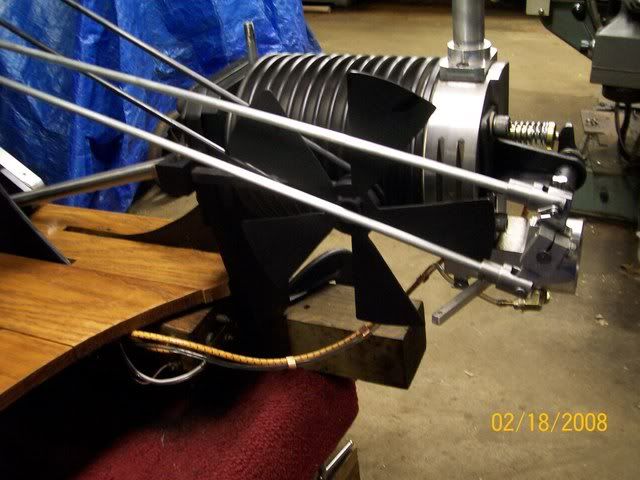The number of fan blades has little to do with the mechanical efficiency of a fan. With larger fans, it has a lot to do with economic payoff. A 3 blade fan will move 50% more air than a 2 blade fan with the same pitch and rotational speed, with the tradeoff that it will use 50% more energy to do so. A 4 blade fan will move 33% more than 3 blades, 5 will move 25% more than 4, etc. The reason that wind generators have 2 or 3 blades is because the blades are huge, and cost a lot of money, but adding them does little to increase the performance.
Virtually any fan will have turbulent flow.
As they say on MythBusters - "Warning, science content!"
To demonstrate that, the Reynolds number (used to measure turbulence) of an impeller is Re = D^2*n*rho/mu
For air, rho is 1.205 kg/m^3 and mu is 0.0000188 N-s/m^2. D is the diameter of the impeller (in meters) and n is the number of rotations per second. For a 10 inch (0.25 m) fan, Re = 4006 seconds * n. Turbulent flow begins at a Reynolds value around 3000, so anything faster than 44 RPM will be turbulent. Turbulent flow has less drag than laminar flow, so you want turbulence.





